Summer is here! As you’re packing suitcases and dreaming of sunny days at the lake, don’t forget to plan ahead for your landscaping needs while you’re gone. Follow this handy yard care vacation checklist to ensure that you come home to a healthy, tidy outdoor space.
Looking to lighten your load? Great Goats provides a full array of yard care services—with a level of expertise and reliability that you can’t get from your neighbor down the block! Give us a call today to schedule services during your upcoming vacations.
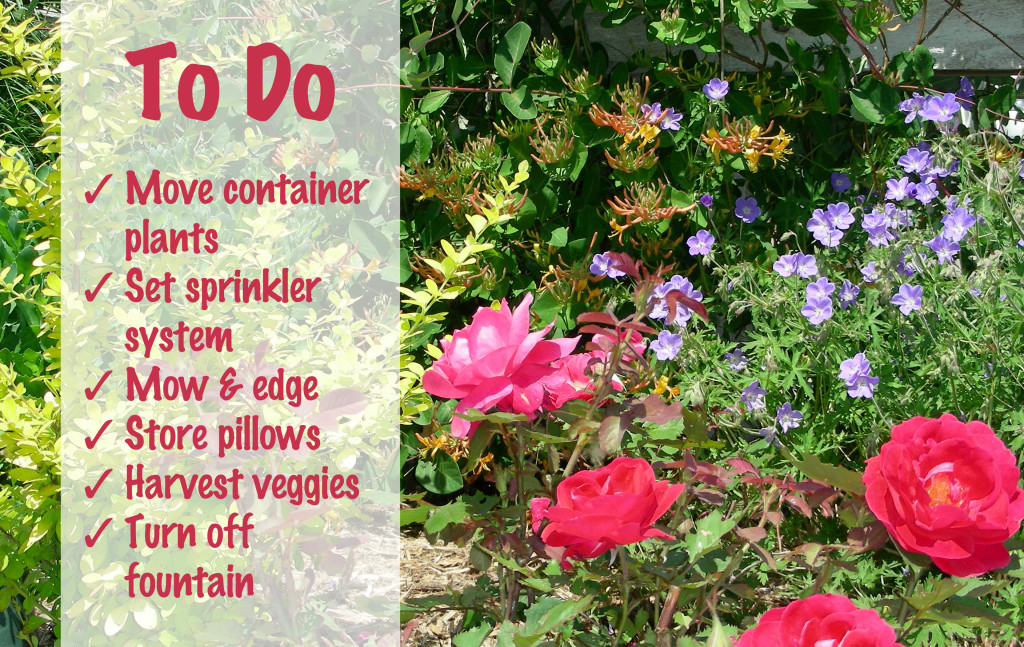
✔ Plan for lawn irrigation
Check the weather forecast for the days you’ll be gone, and adjust your sprinklers based on expected rainfall. If you have a timed system, just set it and forget it. If someone will be watering the lawn by hand, consider drawing out a map of the spaces you’d like watered, and how often.
(Don’t have an automated irrigation system? Call us today to learn about installing one, and save yourself hours of hassle and gallons of water each month.)
✔ Mow and edge your lawn
Sure it’s a pain now, but the last thing you want to do when you return from vacation is tussle with overgrown grass!
✔ Weed and harvest
Give your plants a thorough weeding, and bring in any fruits and vegetables that will ripen while you’re away. Also consider adding fresh mulch to flower beds.
✔ Move container plants
Container plants tend to dry out quickly. You may want to move them to shadier areas before hitting the road.
✔ Clean gas grill
Turn off the gas supply and use a wire brush to clean your grill. Double-check that your propane is stored safely. While you’re at it, discard any used charcoal or logs from fire pits.
✔ Clean off patios and decks
Clear the decks with a leaf-blower or broom.
✔ Bring in cushions and rugs
Store outdoor fabrics inside while you’re gone, and move rust-prone furniture under overhangs.
✔ Cover water features
Batten down the hatches on pools and hot tubs. (You may want to add an extra dose of chlorine as well.) Consider draining and turning off the power to running fountains and other water features.
Give Great Goats a call today so you can kick back and relax, knowing your outdoor space will be well cared-for in your absence. And here’s to a fantastic summer, wherever the season takes you!
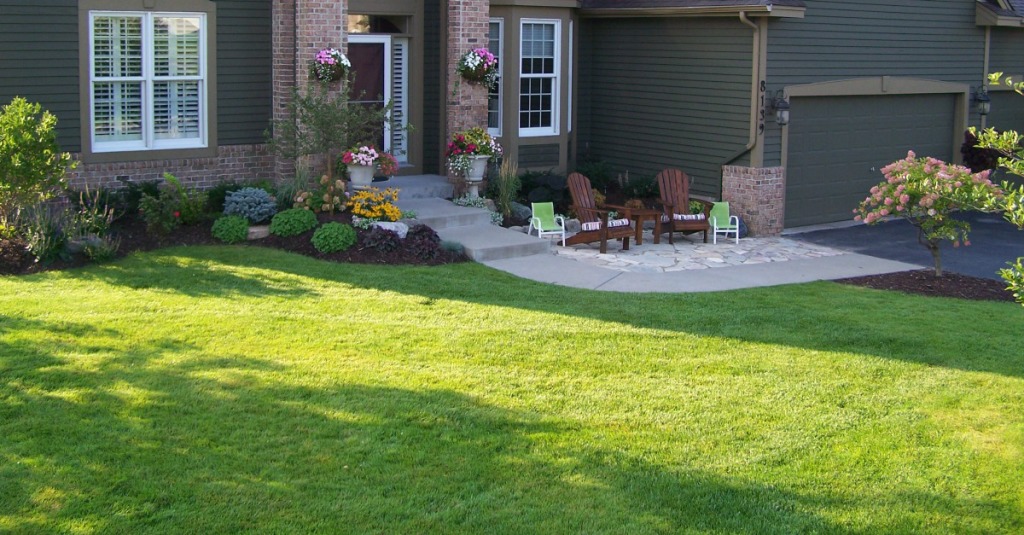
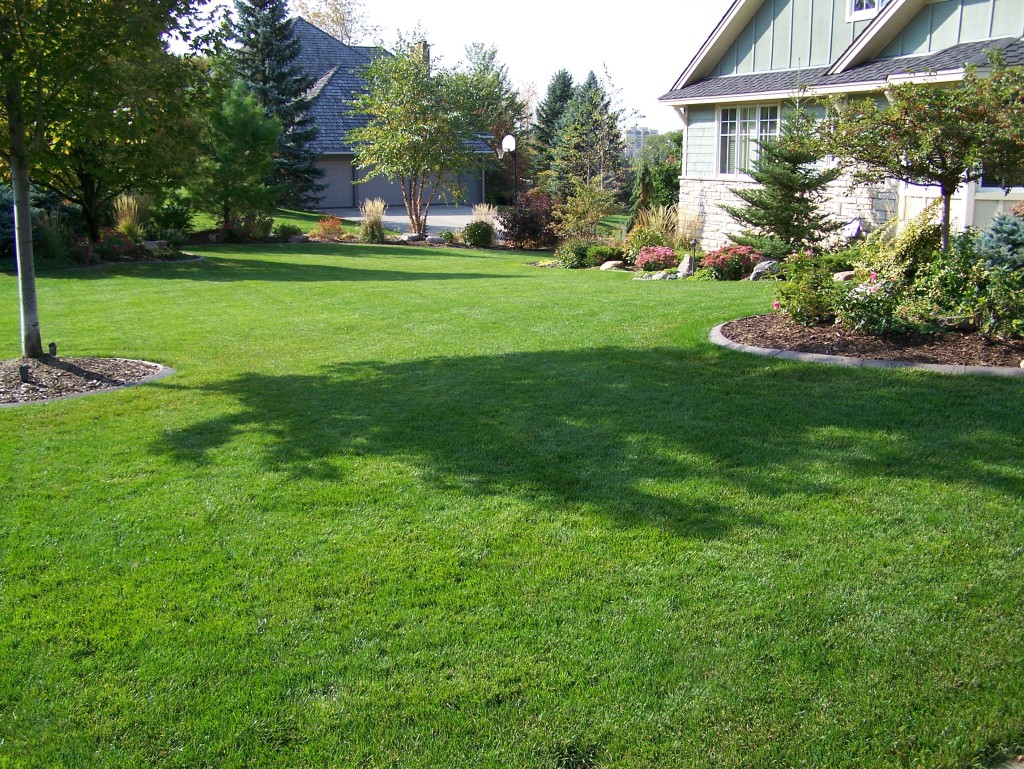
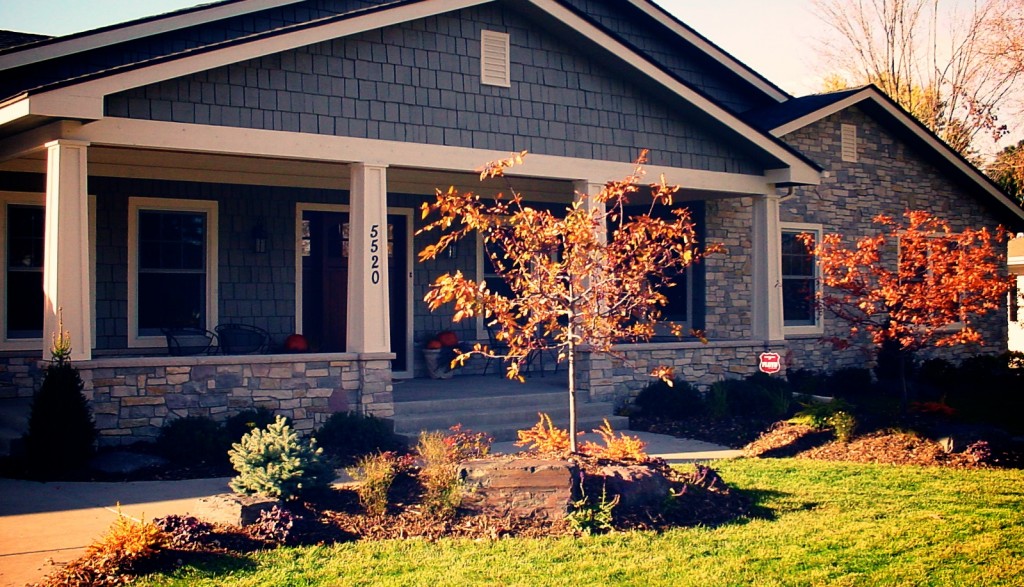
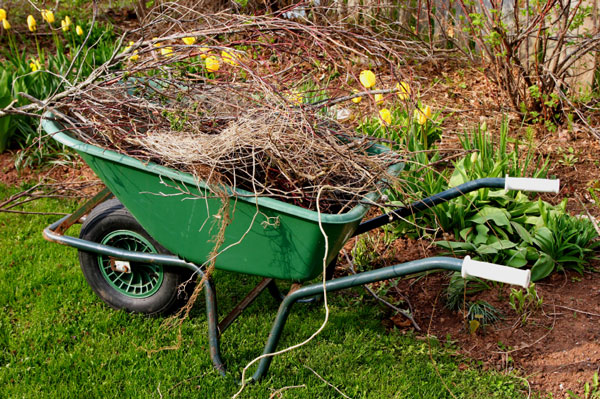
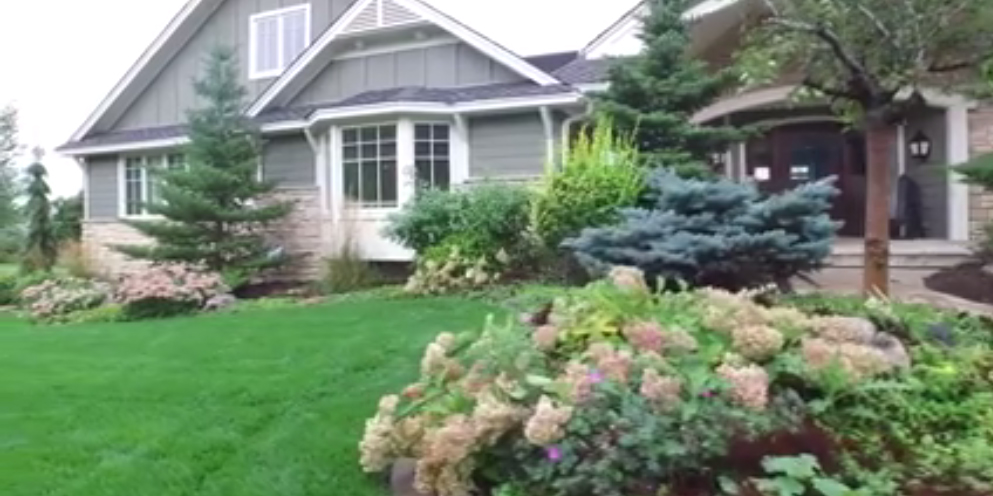 To give them the type of lawn the family wanted, the Great Goats team stripped out the old lawn and meticulously graded the exposed dirt. Then we installed lush Minnesota grown sod. A curved border separated the lawn from the landscaped areas and gentle berms were added to give the family a rolling contour instead of the typical flat front yard.
To give them the type of lawn the family wanted, the Great Goats team stripped out the old lawn and meticulously graded the exposed dirt. Then we installed lush Minnesota grown sod. A curved border separated the lawn from the landscaped areas and gentle berms were added to give the family a rolling contour instead of the typical flat front yard.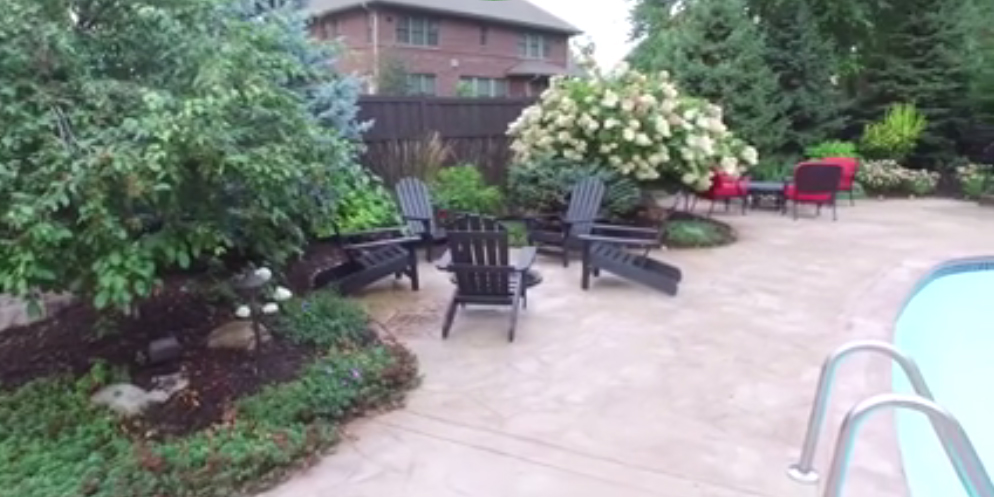 Two years later, the Great Goats team found themselves back at the same address. The family had recently build a new wooden deck off the second story, added a concrete deck around their swimming pool, and enclosed the back yard with a new fence. Once again the family’s main concern was privacy. The open fields that surrounded their backyard were slated for development and keeping a sense of peace and seclusion was a high priority.
Two years later, the Great Goats team found themselves back at the same address. The family had recently build a new wooden deck off the second story, added a concrete deck around their swimming pool, and enclosed the back yard with a new fence. Once again the family’s main concern was privacy. The open fields that surrounded their backyard were slated for development and keeping a sense of peace and seclusion was a high priority.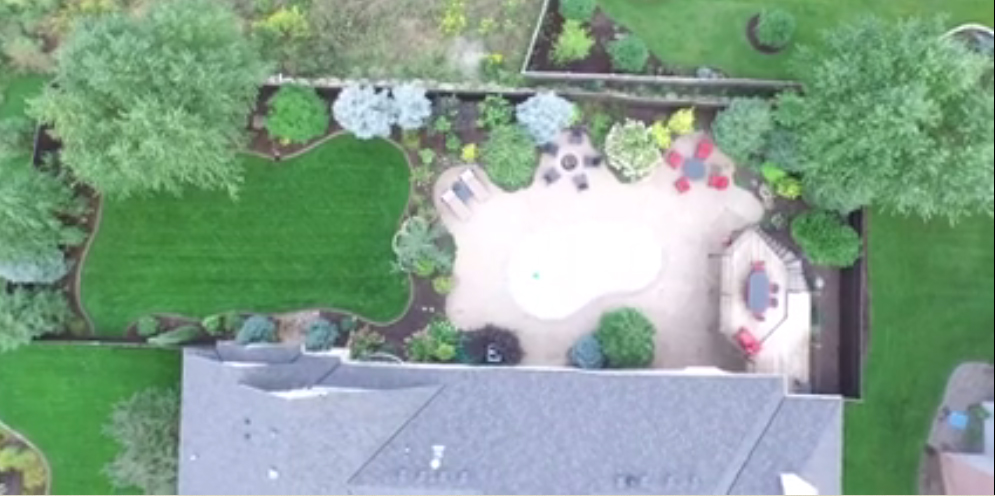
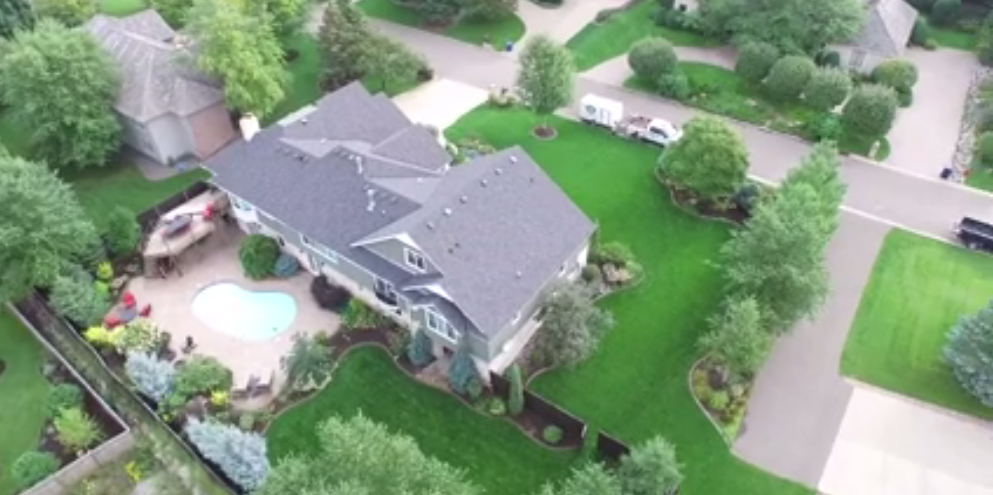
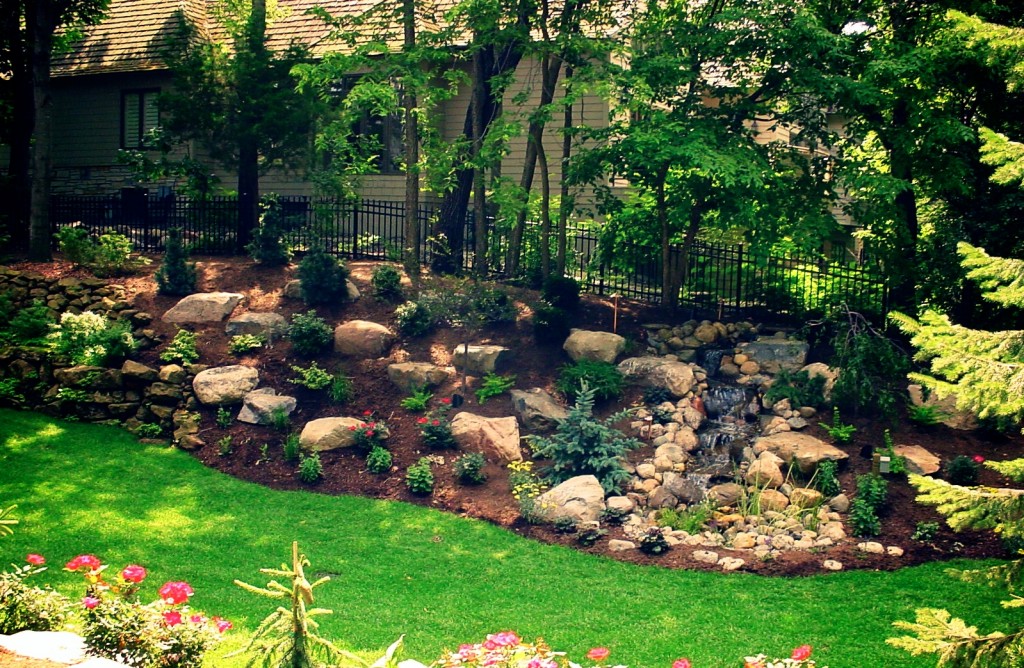
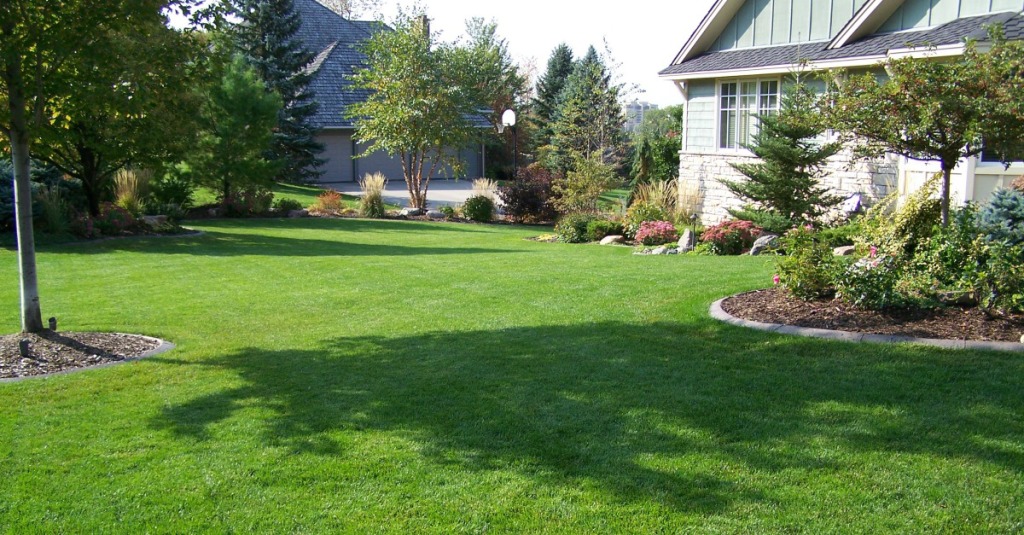
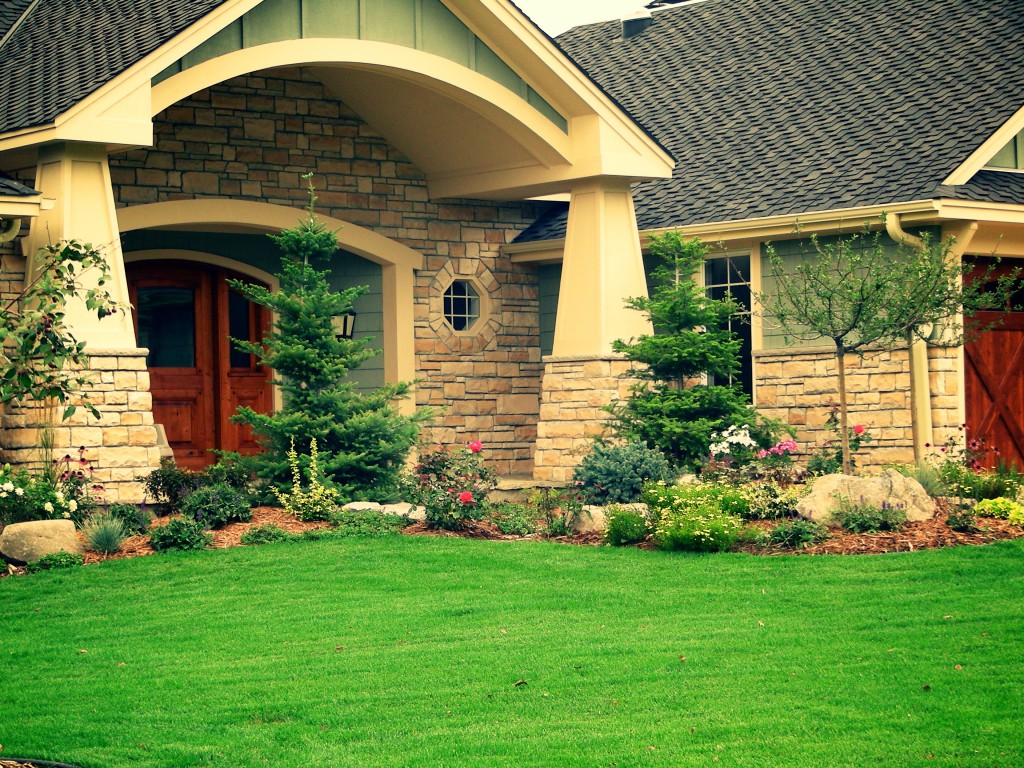
 Contact 612-483-GOAT
Contact 612-483-GOAT